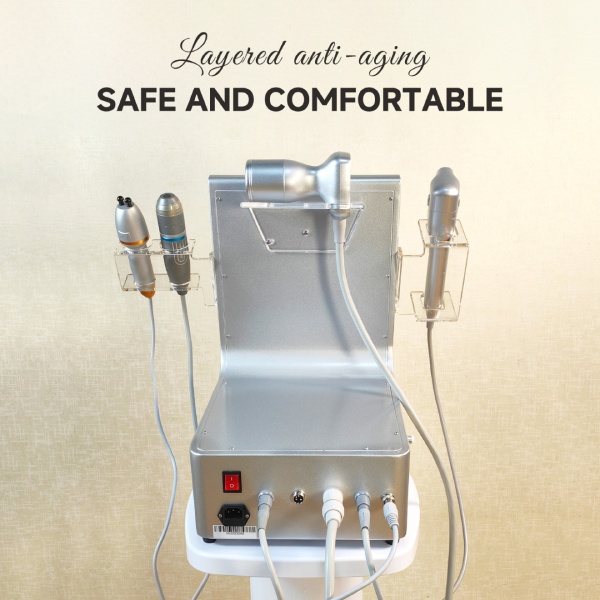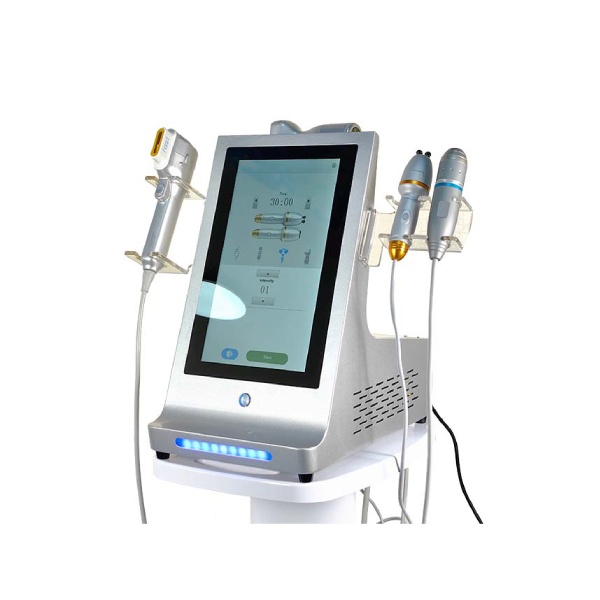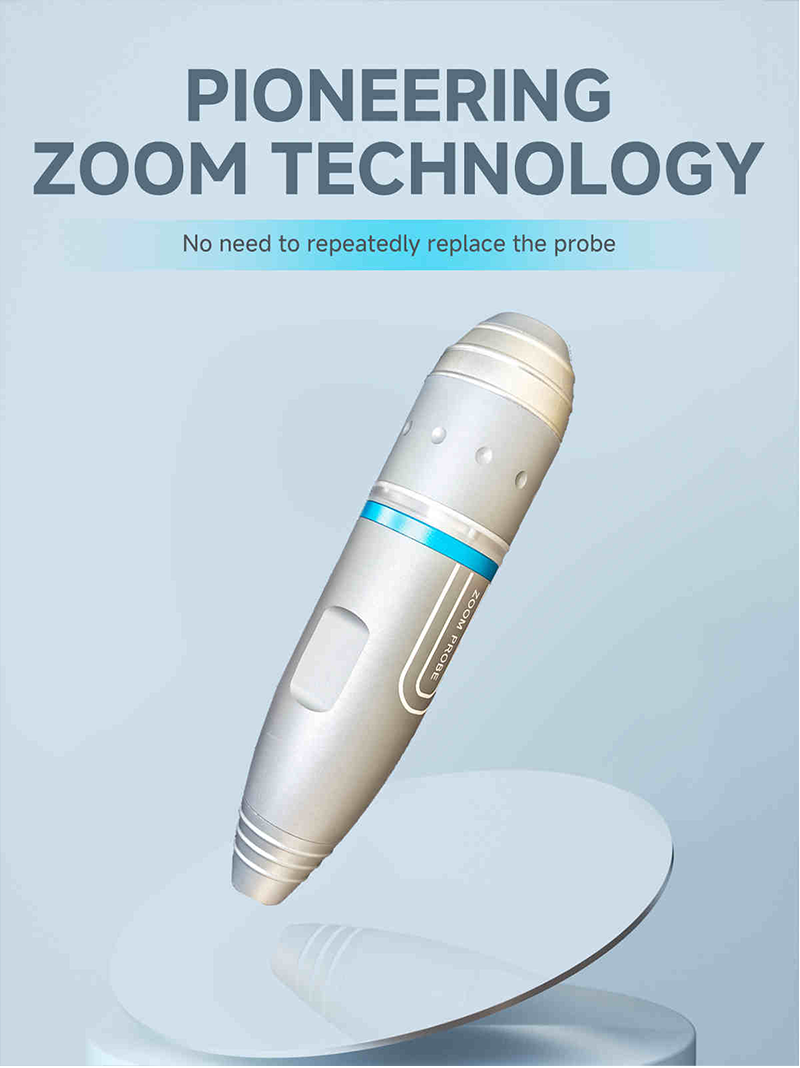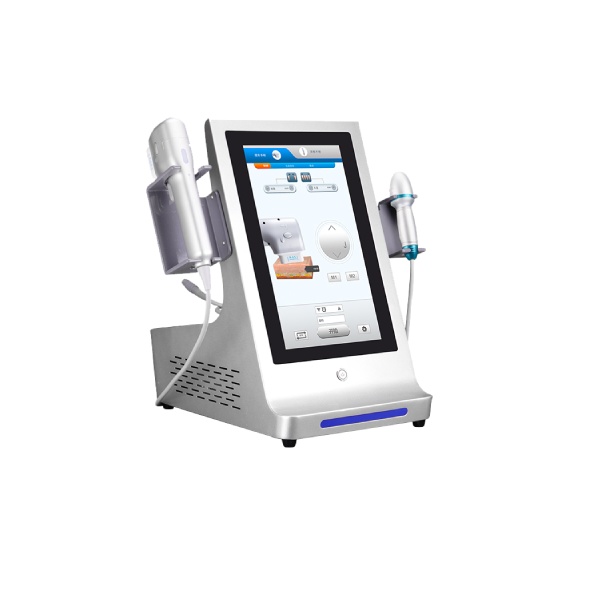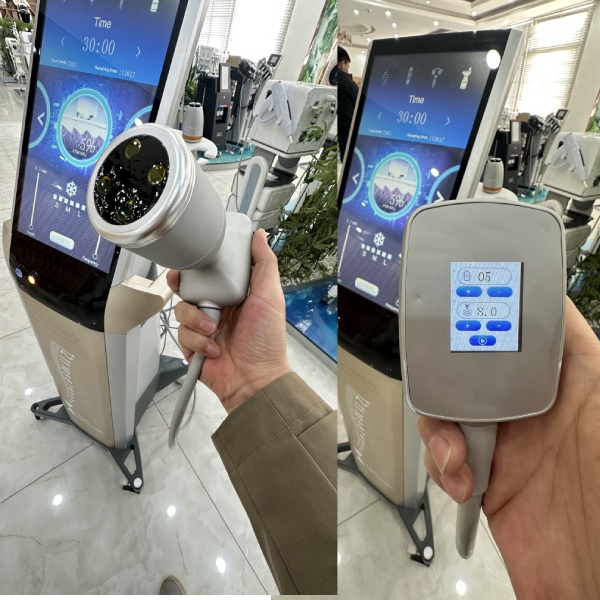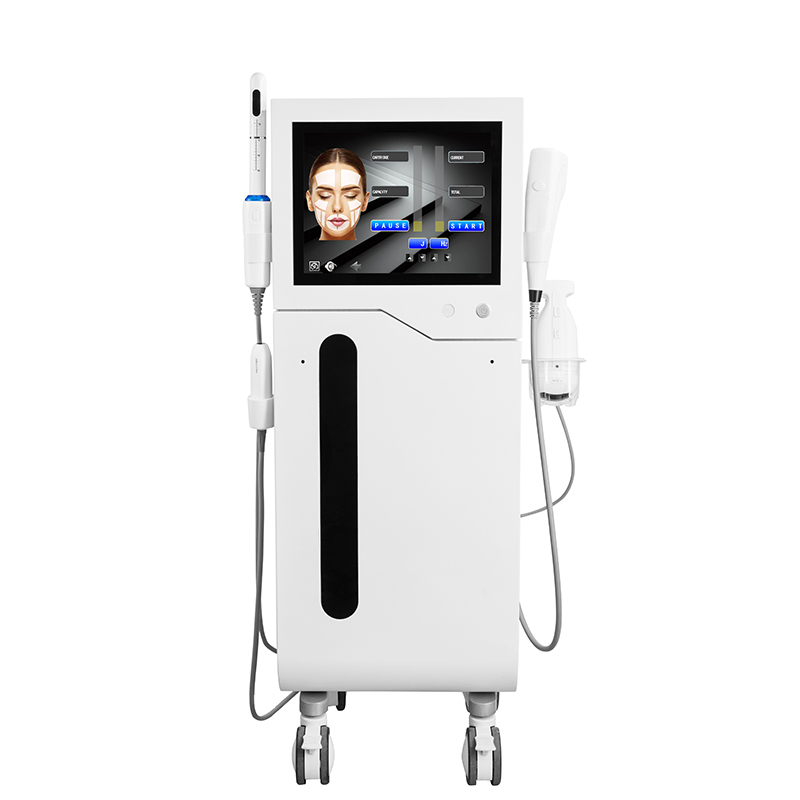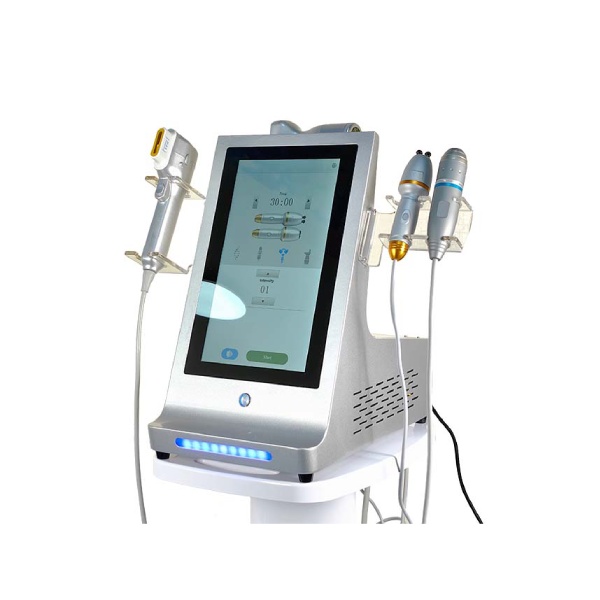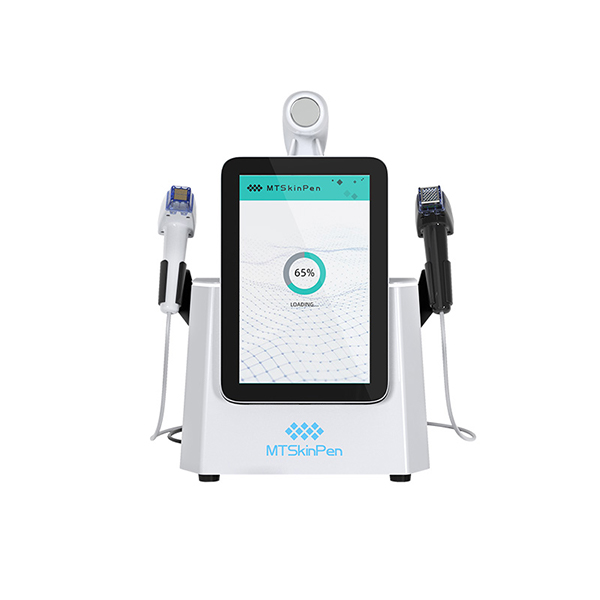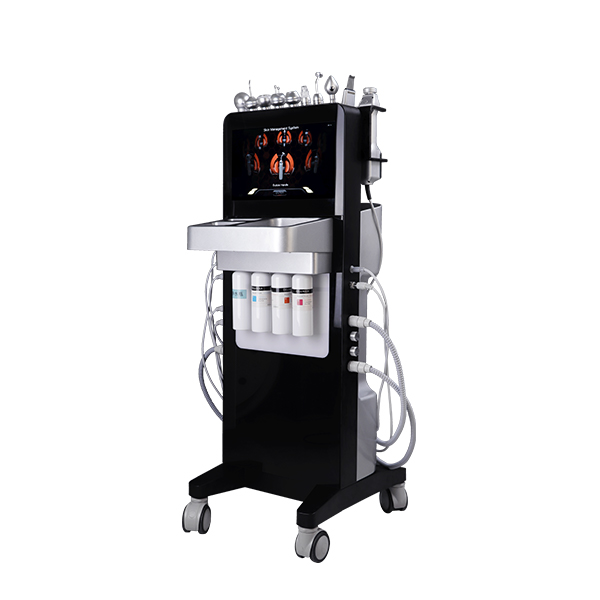Understanding Popular Aesthetic Technologies: Microneedle RF, HIFU, and Fractional CO2 Laser
In the ever-evolving world of aesthetic treatments, three technologies have emerged as front-runners for skin rejuvenation and anti-aging: Microneedle RF (Morpheus8), HIFU (High-Intensity Focused Ultrasound), and Fractional CO2 Laser. Each of these technologies offers unique benefits and targets specific skin concerns. In this blog post, we will dive into the principles, functions, treatment areas, advantages, and precautions for each.
1. Microneedle RF (Morpheus8)
Principle: Microneedle RF is a minimally invasive treatment that uses fine needles to penetrate the skin’s surface and deliver RF (radiofrequency) energy deep into the dermis. This dual action stimulates collagen production and promotes skin tightening and texture improvement.
Functions:
- Stimulates collagen regeneration
- Enhances skin firmness and elasticity
- Reduces wrinkles and fine lines
- Improves skin tone and pigmentation irregularities
Treatment Areas:
- Face: Forehead, eye area, cheeks, chin, nasolabial folds, under-eye bags
- Neck: Loose or wrinkled neck skin
- Body: Abdomen, arms, thighs for skin tightening and fat reduction
Advantages:
- Comprehensive skin rejuvenation
- Improves acne scars, uneven skin tone, and texture
- Targets both superficial and deeper layers of the skin
Precautions: Not suitable for pregnant or breastfeeding women, individuals with skin infections, severe skin conditions, or a serious medical history. Avoid treating inflamed or wounded skin areas.
2. HIFU (High-Intensity Focused Ultrasound)
Principle: HIFU is a non-invasive technology that focuses ultrasound energy deep into the SMAS layer (superficial muscular aponeurotic system) beneath the skin. The energy generates heat (65°C to 75°C) which causes collagen contraction and regeneration, leading to skin tightening and anti-aging effects.
Functions:
- Tightens loose skin
- Reduces wrinkles and fine lines
- Lifts facial contours
- Minimizes localized fat deposits
Treatment Areas:
- Face: Forehead, eyes, jawline, nasolabial folds
- Neck: Wrinkle and laxity improvement
- Body: Abdomen, inner and outer thighs for tightening and fat reduction
Advantages:
- Non-invasive with no downtime
- Long-lasting results (6-12 months)
- Highly precise targeting of treatment areas
Precautions: Not recommended for pregnant or breastfeeding women, cancer patients, or individuals with severe skin damage or infections.
3. Fractional CO2 Laser
Principle: Fractional CO2 laser works by emitting a specific wavelength of laser that is absorbed by the skin’s water content. This creates tiny thermal injury zones in a grid-like pattern (fractional dots), triggering the skin’s natural healing process and promoting collagen and elastin regeneration.
Functions:
- Stimulates skin regeneration and repair
- Improves pigmentation and tone
- Treats scars and large pores
- Smoothens and brightens skin
Treatment Areas:
- Face: Forehead, eyes, nose, cheeks, chin
- Neck: Fine lines and skin laxity
- Body: Back, chest for scar and pigment correction
- Hands: Fine lines and age spots
Advantages:
- Shorter recovery compared to traditional lasers
- High treatment efficiency and collagen stimulation
- Suitable for a wide range of skin concerns
- Lower risk of side effects with precise heat control
Precautions: Not suitable for laser-sensitive individuals, pregnant or breastfeeding women, or those with serious skin diseases.
Final Thoughts
Choosing the right treatment depends on your skin condition, desired results, and tolerance for downtime. Whether you’re looking for a deep, targeted rejuvenation (Microneedle RF), a lifting and tightening effect (HIFU), or powerful resurfacing and brightening (CO2 Laser), consulting with a certified aesthetic practitioner is the best first step toward achieving your skincare goals.
Stay tuned for more insights and technology updates in the beauty and wellness field!


